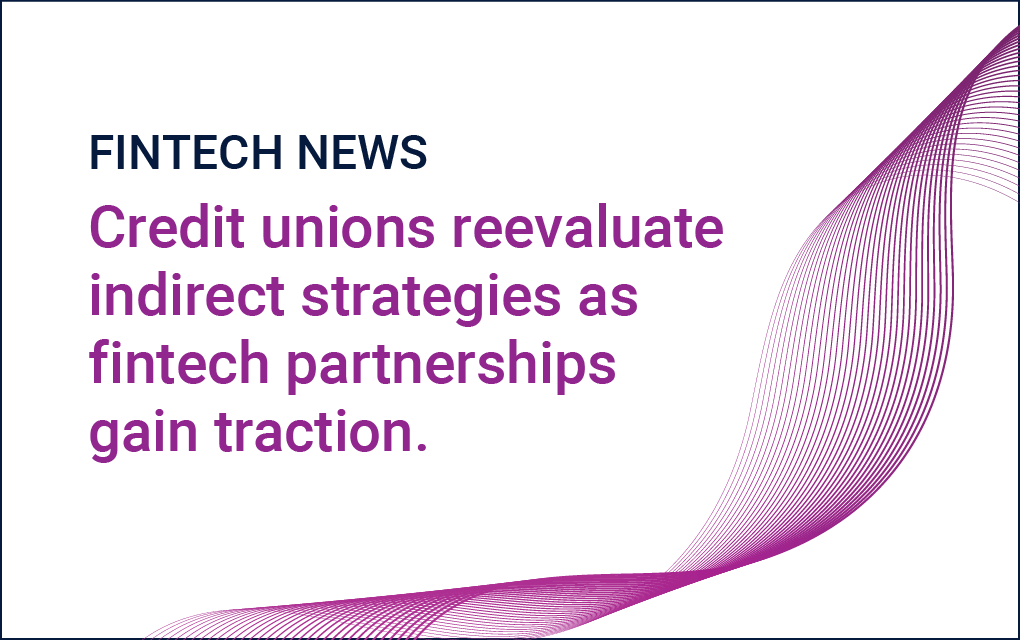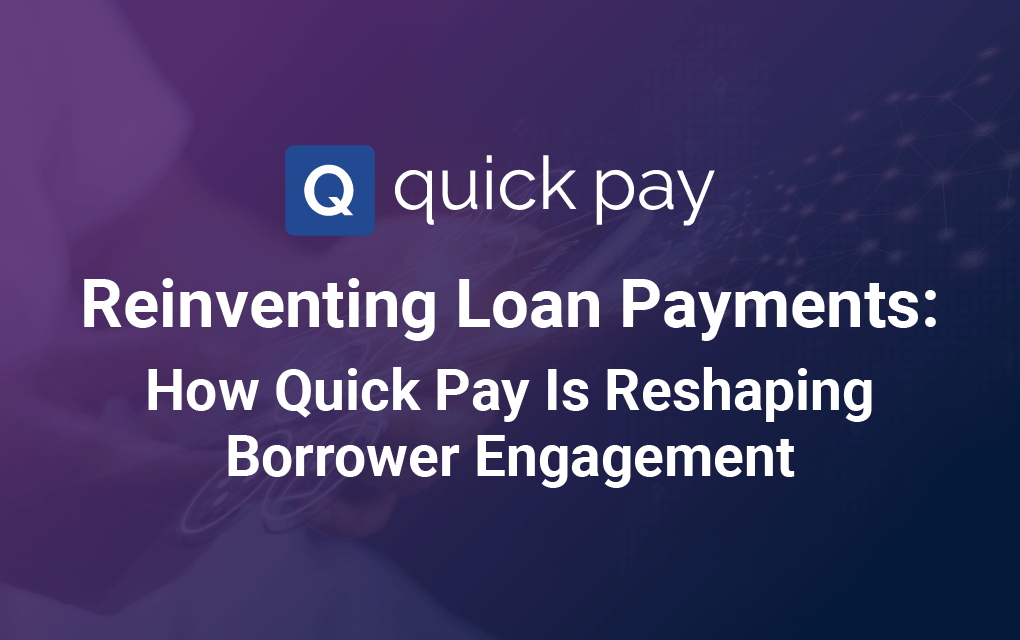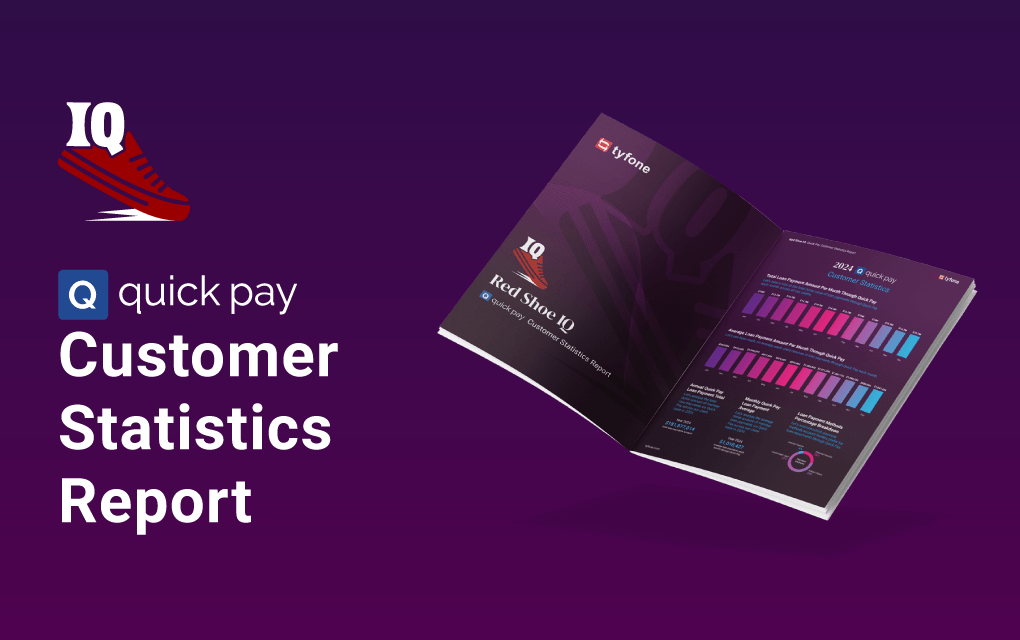Reinventing Loan Payments: How Quick Pay Is Reshaping Borrower Engagement
As digital banking becomes the norm, borrowers expect simple, seamless payment experiences. Yet many financial institutions still rely on outdated systems, especially in the growing world of indirect auto lending, where borrowers rarely interact with the lender’s digital platform.
This disconnect leads to missed opportunities, lower engagement, and rising delinquency risk.
That’s where Tyfone’s Quick Pay steps in. It’s more than just a payment tool, it’s a strategic engagement channel that meets borrowers where they are and brings them closer to your institution without requiring them to log into digital banking.
Let’s explore why this matters now more than ever, and how Quick Pay is helping financial institutions stay ahead.
Meeting Borrowers Where They Are: The Digital Shift and Indirect Lending Challenge
Digital banking is no longer just for younger generations, it’s become the norm for everyone. In fact, 96% of U.S. bank customers say they’re happy with their online banking experience, and 76% of adults regularly use mobile apps to manage their money.
But even with this widespread use, many borrowers still face frustrating loan payment processes. They often have to navigate complicated portals, which can cause delays or missed payments.
At the same time, indirect auto lending is growing fast. Over the past decade, these loans have grown by 13.5% annually, faster than overall auto loans, which grew 9.2%. For example, Origence funded $53 billion in auto loans in 2024 alone, helping over 2 million credit union members and accounting for more than a third of credit union auto loans.
However, indirect lending presents a unique and growing challenge for financial institutions. In contrast to direct loans, where borrowers often open accounts and build relationships with their credit union or bank, indirect loans are typically initiated through third-party channels such as auto dealerships.
In these cases, the borrower may finalize the loan paperwork on the dealership lot, drive off in their new vehicle, and never meaningfully interact with the financial institution that funded the loan.
This lack of direct engagement creates several downstream issues. Borrowers acquired through indirect channels rarely enroll in digital banking, download the institution’s mobile app, or recognize the lender as a long-term financial partner.
Without those digital touchpoints, institutions miss the chance to introduce additional services, build brand awareness, or deliver ongoing financial support. Instead, the relationship is reduced to a single transaction, leaving little room for loyalty or trust to develop over time.
The problem is compounded when it comes to payments. Many indirect borrowers are unaware of how or where to make their loan payments, especially if they didn’t set up digital access during the origination process.
As a result, they’re often forced to navigate outdated systems, confusing websites, or clunky third-party portals. These friction points, while seemingly small, have a real impact: they create unnecessary frustration, contribute to payment delays, and increase the likelihood of missed or delinquent payments.
The institutions that can’t bridge this digital gap risk not only higher delinquency but also lost opportunities to engage, retain and expand the relationship with borrowers beyond the initial loan.
To address this, financial institutions need to rethink how they support indirect borrowers, meeting them where they are, removing friction from the payment process, and creating easy, intuitive ways to engage even without a traditional digital banking relationship.
Delinquency Is Rising And Friction Only Makes It Worse
Loan delinquencies, especially in auto financing, have been steadily increasing. According to a report by the National Credit Union Administration, by the end of 2024 auto loan delinquency rates reached 97 basis points, an almost 8% increase compared to 90 basis points the previous year.
However, delinquencies don’t always stem from an inability to pay. Often, they’re a result of inconvenient or confusing payment experiences.
This is where Quick Pay makes a difference. It offers borrowers a personalized, streamlined payment experience accessible directly through a simple link sent by text, email, or embedded on a website.
Borrowers can easily choose from multiple payment options, including Internal Account Transfers, ACH, debit cards, credit cards, or even PayPal, without ever needing to log into their digital banking portal. Payments post instantly, with real-time confirmation, reducing uncertainty and increasing the likelihood of timely repayment.
What truly sets Quick Pay apart isn’t just the ease of completing a transaction, it’s the opportunity to deepen engagement. Every loan payment becomes a touchpoint, a chance to nurture the borrower relationship.
Whether it’s encouraging enrollment in full digital banking, promoting other financial products, or simply offering a frictionless experience, Quick Pay opens the door to ongoing communication and expanded relationships.
Institutions that proactively engage borrowers, particularly those acquired via indirect channels, consistently see higher rates of cross-selling and stronger retention over time. Quick Pay serves as a scalable, effective way to initiate those valuable interactions.





